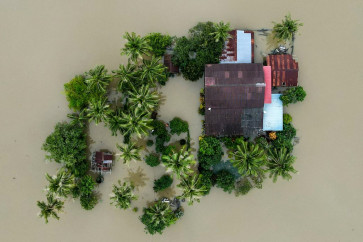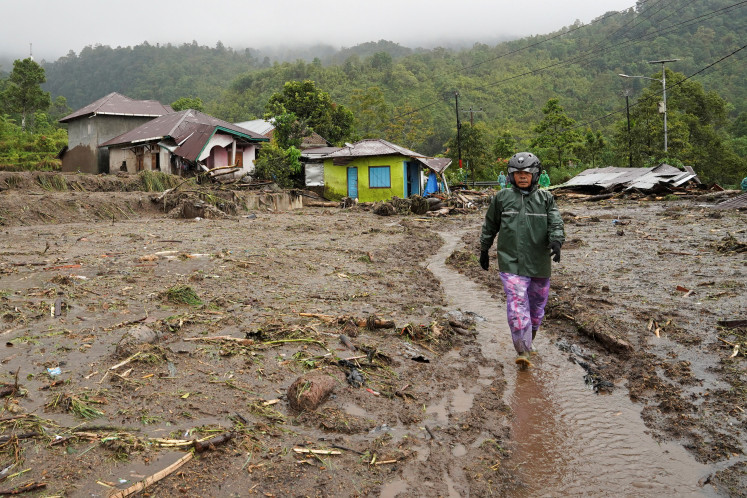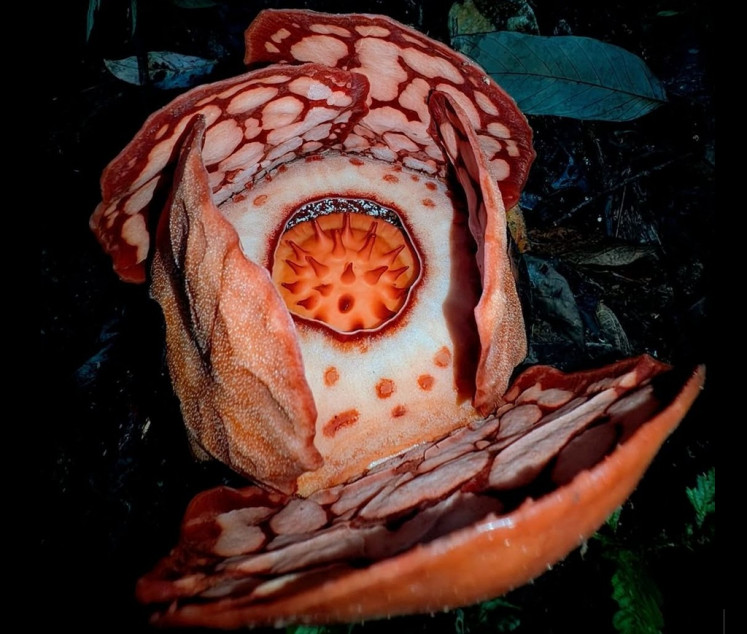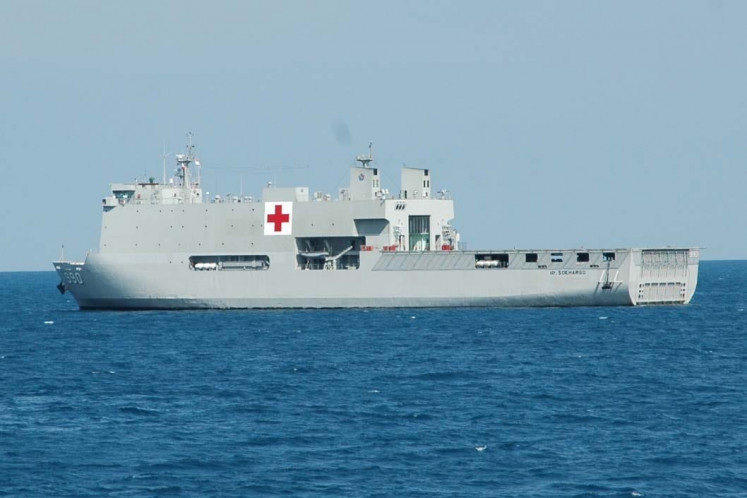Popular Reads
Top Results
Can't find what you're looking for?
View all search resultsPopular Reads
Top Results
Can't find what you're looking for?
View all search resultsIn Kasongan, an ancient trade is big business
Big business: Kasonganâs pottery products have been recognized since local businesses started sending their products overseas in 1987
Change text size
Gift Premium Articles
to Anyone
B
span class="caption">Big business: Kasongan's pottery products have been recognized since local businesses started sending their products overseas in 1987.
Kasongan has been known for pottery since at least 1675, according to local lore, when a figure known as Kyai Song first set up shop.
Today, the village ' located about 7 kilometers south of Yogyakarta city ' is home to 582 pottery businesses that employ more than 2,300 people.
Kasongan is a mainstay of Bantul regency, contributing Rp 80 billion (US$6.6 million) to the local economy, according to official data. It also attracts thousands of tourists from throughout Indonesia.
However, local sales fell drastically in 2006 after the 6.3-magnitude Java Earthquake, epicentered near Yogyakarta, killed more than 5,700 people ' and leveled homes and showrooms in the village, according to Sujarwo, 57, coordinator of the technical services unit of Kasongan.
It took six months for the local entrepreneurs to bounce back after the temblor, Hartono, the owner of Citra Ceramics, said. 'A lot of our buyers from European countries and some Asian countries directly visited and witnessed the collapse of the buildings. Then, some of them directly ordered and paid advances to the pottery entrepreneurs. Thus, we felt challenged to produce it.'
Muhammad Hidayat, 59, owner of Insan Ceramics, said that Kasongan's pottery products have been recognized since local businesses started sending their products overseas in 1987.
'That was why when Kasongan pottery production fell drastically [post quake], those countries directly encouraged us not to despair. The collapse of pottery products at Kasongan village inspired the local government to revive it with big capital,' Hidayat said.
'We wanted to show that Kasongan village still existed ' and that we were even more enthusiastic about production,' said Walijoko, owner of Loru Blonyo showroom.
Sujarwo says that local crafts shops ' 85 percent of whom are family operators ' made about 1.4 million pieces after the quake with an estimated production value of Rp 8 billion. 'Early in 2007, demand for pottery products for Kasongan village increased by 300 percent. An average of nine containers a day were exported to Australia, America, Canada, Britain and France.'
Timboel, owner of Timboel showroom, said that about 40 percent of the local product goes to domestic sources, such as Bali; Surabaya, East Java; and Jakarta; and 60 percent were exported.
'Since early of 2012 to date, we export at least 280 containers of pottery products both domestically and overseas in a month. Container turnover income is about Rp 75 million,' said Hartono.
Budihantoro, a craftsman from Brebes, Central Java, says local workers make about 1,800 kinds of products of differing complexity and quality, ranging from small pieces to those topping 2.5 meters high.
There are also tables and chairs, animals, wall hangings; sculptures, household items such as anglo-braziers, kendil pots, reliefs, earthenware jugs and a variety of other small souvenirs.
The process begins by finding organic clay from Godean sub-district, 7 km north of Kasongan village, and Bayat sub-district in Klaten, Central Java, about 25 km south of the Kasongan village.
Processing is done manually. 'Raw material is placed on a perbot-pedestal tool to rotate raw material by using hand or feet. Then the perbot is rotated while pressing and designing the product as desired,' said Paimin, a craftsman.
Animals and fruits are usually formed freestyle, by hand, according to Wagimin, a craftsman from Boyolali.
'Drying depends on the thickness of the product and the weather. It requires a week for a single product,' Sujarwo said. 'The combustion process is done for around 6 to 12 hours at 600 to 1,300 degrees Celsius, depending on the type of product and type of combustion: kiln, electric furnace or gas.'
'The products that have been fired are then painted using either oil paint or car paintand coated with leaves, glass, leather and eggs,' added Wagimin.
Work is usually done in home workshops with separate kilns to fire the clay.
Bargain: A statue of Punokawan is worth Rp 60 million, an earthen jug can cost Rp 50,000, while small souvenirs sell for as little as Rp 2,000.
Prices vary. A statue of Punokawan is worth Rp 60 million, an earthen jug can cost Rp 50,000, while small souvenirs sell for as little as Rp 2,000.
'All the products are checked by means of X-ray digital radiography. The goal is to identify quality so as to obtain quality verification. Nonconforming product sand post-burn defects need to be repaired as soon as possible,' said Hartono, one of the most senior businessmen in Kasongan.












